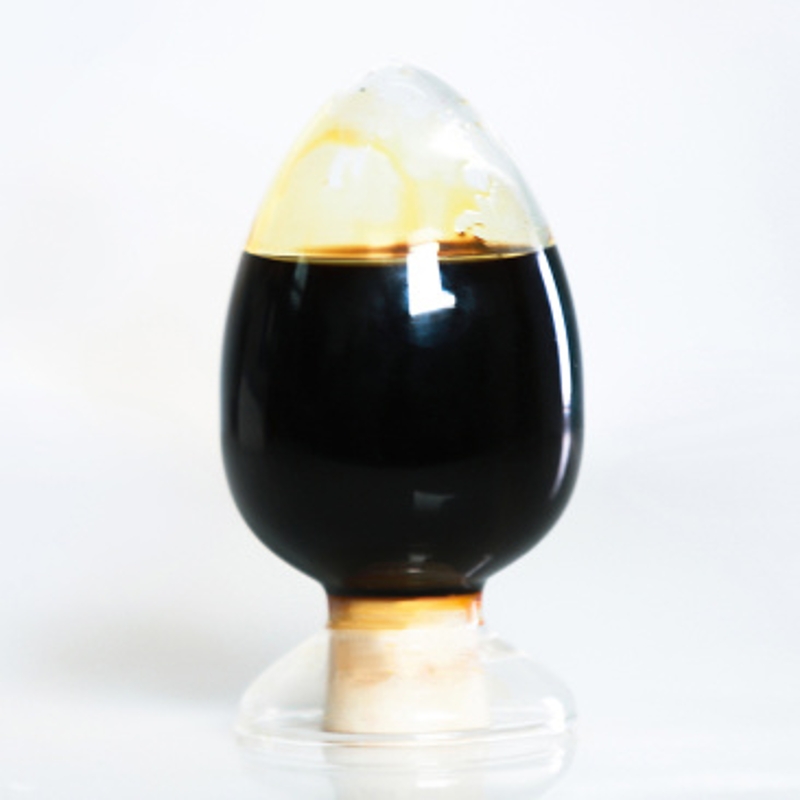-
Categories
-
Pharmaceutical Intermediates
-
Active Pharmaceutical Ingredients
-
Food Additives
- Industrial Coatings
- Agrochemicals
- Dyes and Pigments
- Surfactant
- Flavors and Fragrances
- Chemical Reagents
- Catalyst and Auxiliary
- Natural Products
- Inorganic Chemistry
-
Organic Chemistry
-
Biochemical Engineering
- Analytical Chemistry
- Cosmetic Ingredient
-
Pharmaceutical Intermediates
Promotion
ECHEMI Mall
Wholesale
Weekly Price
Exhibition
News
-
Trade Service
Sinochem News Catalytic technology is the backbone of the modern chemical industry, and reaction kinetics is an important basis for the optimization of industrial catalyst and reactor design
.
Recently, Professor Duan Xuezhi and Dr.
Chen Wenyao from the School of Chemical Engineering of East China University of Science and Technology and the Joint State Key Laboratory of Chemical Engineering have elucidated the origin of the electronic interaction between metal-support and its regulation mechanism on catalytic kinetics and reaction mechanism at the molecular level
.
The related results were published in Basic Research under the title of "Platinum-Carbon Electron Interaction and Its Regulatory Mechanism for Catalytic Carbon Monoxide Activation"
.
According to reports, based on the previous work, the research team started from the regulation of the surface chemical properties of the carbon support on the electronic properties of the supported metals, the carbon-supported Pt catalyzed CO oxidation as the research system, and the reaction kinetics as the main research line, using in situ spectroscopy/dynamics The research method combining scientific research and multi-scale simulation quantitatively revealed the influence mechanism of the electronic interaction between the metal-carbon support on the reaction kinetics and mechanism
.
The researchers used spherical aberration electron microscopy and extended X-ray absorption fine structure analysis, X-ray photoelectron spectroscopy and X-ray near-edge absorption spectroscopy to analyze the geometric and electronic structure of the Pt catalyst, respectively.
Under the influence of , distribution, etc.
, a series of catalysts with different electron interactions (charge distribution at the platinum-carbon interface) were obtained
.
On this basis, the researchers studied the effect of platinum-carbon carrier electron interaction on the reaction mechanism by isotope tracer technique and molecular dynamics simulation based on reaction force field; combined steady-state isotope transient analysis (SSITKA) with DFT theory The effects of the Pt-carbon carrier electron interactions on the reaction kinetics (surface adsorption/activation states, coverage of key species, rate-determining steps, etc.
) were investigated by calculations
.
Geometric and Electronic Structure Characterization and Molecular Dynamics Simulation of Carbon-supported Pt Catalysts
The researchers proposed a "bottom-up" research strategy to quantitatively correlate the relationship between metal-support interface interaction-reaction mechanism-kinetics and thermodynamic information of rate-determining steps-catalytic performance, systematically revealing the relationship between The origin of the electronic interaction between metal-carbon supports and its influence mechanism are discussed
.
The research was carefully guided by Academician Yuan Weikang, Professor Zhou Xinggui, and Academician De Chen of Norwegian University of Science and Technology, as well as the help of Lian Cheng, a distinguished researcher at East China University of Science and Technology, and Liu Changwei, a doctoral student in theoretical calculation and simulation
.
In addition, the research was supported by the National Natural Science Foundation of China Major Research Program Integration Project, the National Natural Science Foundation of China Outstanding Youth Science Fund Project, and the Shanghai Education Commission Scientific Research Innovation Program Natural Science Major Project
.







